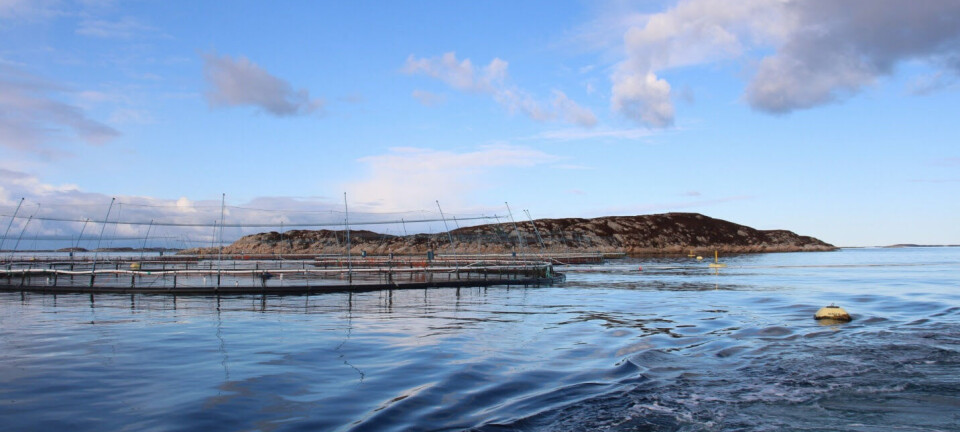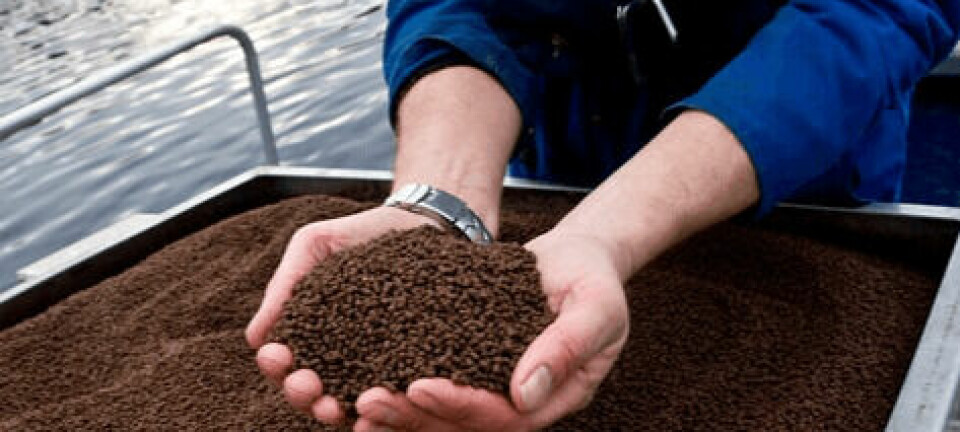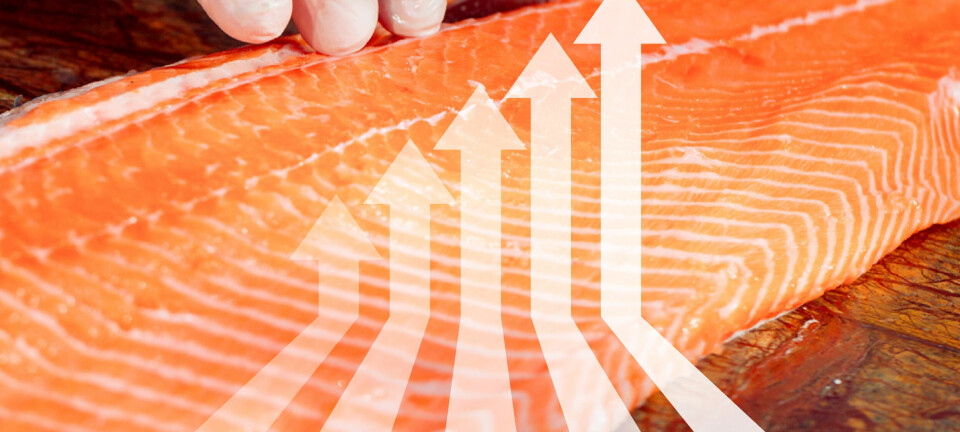
More “natural” fish colourant being produced
Most salmonids get their signature red flesh colour from the ingestion of carotenoids like astaxanthin. Some species are able to absorb more of this compound than others, and carotenoids are important food ingredients for the health of salmonids. While the flesh of Sockeye and Coho salmon, as well as ocean-grown Rainbow trout can be bright red, the flesh of a typical Chum salmon is only vaguely pink. Atlantic and Chinook salmon are somewhere in between, although some Chinook stocks don’t show any coloration at all. While some of these differences can be attributed to what the fish eat, the most important factor is genetics, where salmon and trout can only obtain a certain level of pigment, making it an important issue for the fish farmer to find out exactly how much astaxanthin to include in the diet.
Salmon and trout can get astaxanthin from three main sources- wild feed, synthetically produced astaxanthin and recently from a product derived from a process using a type of yeast called Phaffia. All products seem to have a similar ability to produce fish with undistinguishable pigment from fish given one of the other forms of astaxanthin. Naturxan is based in Columbia, Maryland and claims to be the world leading producer of Phaffia-based astaxanthin. The company recently announced that “it has completed an expansion of its production and distribution capabilities to provide worldwide availability of Aquasta®, a naturally sourced astaxanthin made from Phaffia yeast for enriching and pigmenting salmon and trout consuming aquaculture feeds”.
Environmental groups have long criticized the salmon farming industry for the use of what they have termed “dyes” in order to make farmed salmon and trout artificially look like wild fish, but the fact remains that it is essentially the same ingredient in fish food for aquaculture that also gives wild salmon and trout their red colour. Many compare this to the positive health effect humans can get from either consuming oranges or eating C-vitamin pills- one is produced “naturally”, and the other artificially.
The use of artificially produced astaxanthin has for some reason (likely pressure from ENGO’s) been frown upon by producers of fish that have been grown to certain specifications set forth by “organic” certifying agencies. While it could seem to a neutral observer that fish like salmon grown in an ocean environment protected from predators and a steady supply of feed using astaxanthin that doesn’t use additional marine resources and in pens that contain 97.5% water and 2.5% fish would be an “organic” activity, organic certifiers don’t seem to see it that way. A press release from Naturxan states that “Aquasta is accepted by key organic programs around the world, including Naturland, BioSuisse, DEBIO, KRAV, DEFRA, the Organic Food Federation, the Irish Organic Farmers and Growers Association and Agriculture Biologique, among others”.
While not directly slamming other forms of astaxanthin, the company does take a shot at synthetically produced products; “While the aquaculture industry was once dependent on synthetic, non-renewable sources of astaxanthin to achieve the signature pink color of wild salmon, naturally sourced Aquasta has proven as effective as synthetic astaxanthin through tests of various feed product extrusion processes, production timelines, storage temperatures, and in commercial field trials involving fresh, frozen and smoked fish such as Atlantic salmon, Coho salmon and Rainbow trout”.
Naturxan Chief Executive Officer Richard Grelewicz states that "Over the last year, we have invested more than $3 million (~€ 2.4 million) of capital and dedicated significant science and engineering resources into scaling production capacity and inventory volume to fulfill ongoing customer demand."























































